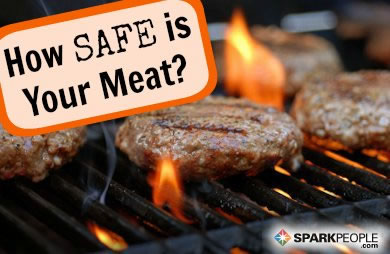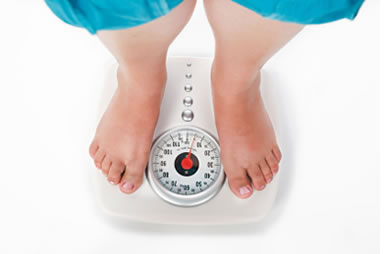|
Wearing the correct shoes while exercising can mean the difference between a comfortable workout and one filled with pain or injury. But with thousands of workout shoes on the market, how do you know which one is right for you? Use the questions in following five guides to narrow down your options and find your perfect "solemate." Start by choosing your primary activity from the list below:
RunningWhile it can be tempting to shop for the biggest bargain at your local department store, investing in a quality running shoe is money well spent. Wearing poor quality shoes that don’t fit your unique anatomy and training goals can result in problems down the line. A good running shoe will offer the right amount of cushion, flexibility and breathability, but what works for one person won’t necessarily work for another.In order to determine the right running shoe, it helps to know a little bit about your foot type (low, normal or high arch) as well as your pronation, or how much the foot rolls in or out when it makes contact with the ground. Most specialty running stores offer a free analysis of your foot and gait to help you find the best shoe for you. 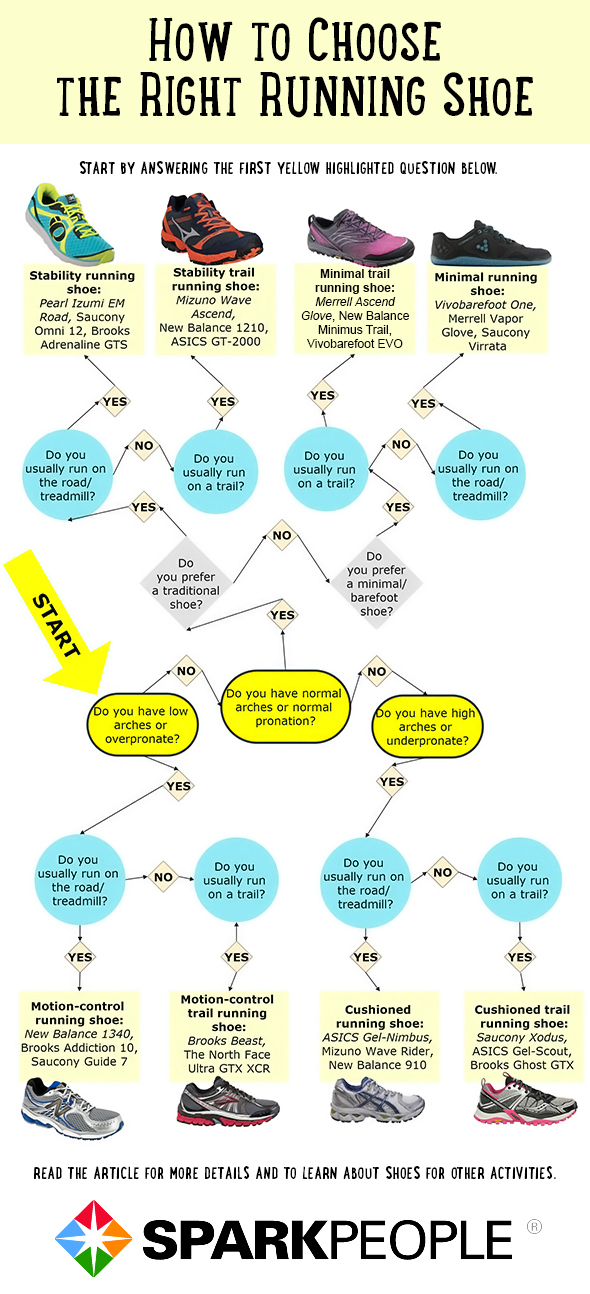 Results:
Walking/Hiking Purchasing a quality walking shoe is a smart investment if walking is your preferred mode of exercise. Although some running shoes can be used for walking, the inverse isn't usually true. Walking shoes are more flexible through the ball of the foot to allow a greater range of motion through the roll of the forefoot. They also have greater arch support to protect where the force is heaviest on the foot. The type of walking shoe you need will depend on a number of factors, including your foot and the typical walking terrain. 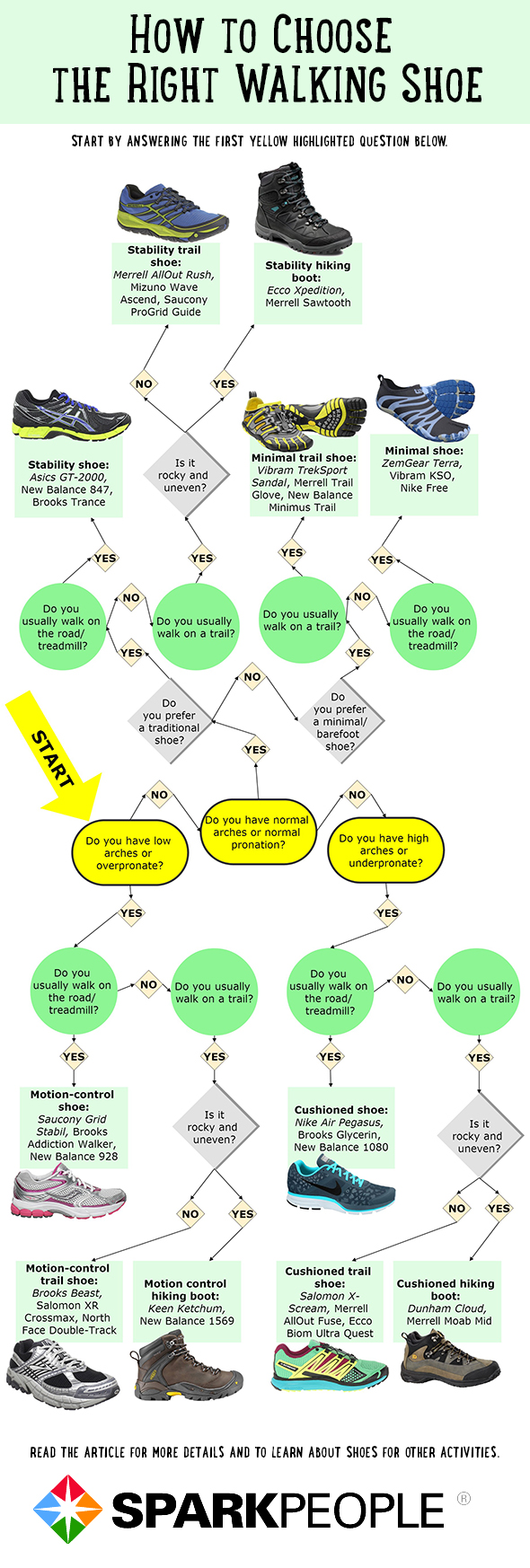 Results:
Aerobics/Cross-Training/Team Sports Cross-trainers or aerobic shoes are suitable for a variety of activities other than walking or running. They are also an option if you participate in many different kinds of activities without a primary mode of exercise dominating your workout schedule. If variety is the key to your exercise routine, cross-trainers might be better (and less expensive) than buying a number of activity-specific shoes. Cross-trainers tend to have a wider outsole, additional support for the heels and legs and lateral support all over, which is important for the side-to-side motion of activities like aerobics classes and certain sports. If you do participate frequently in a specific sport like basketball or tennis, it's worth investing in a shoe designed for the sport and the surface on which you'll be playing. You can even find shoes for aquatic activities such as water aerobics that help increase the force of buoyancy in the water and also help protect the foot from minor cuts and scrapes. 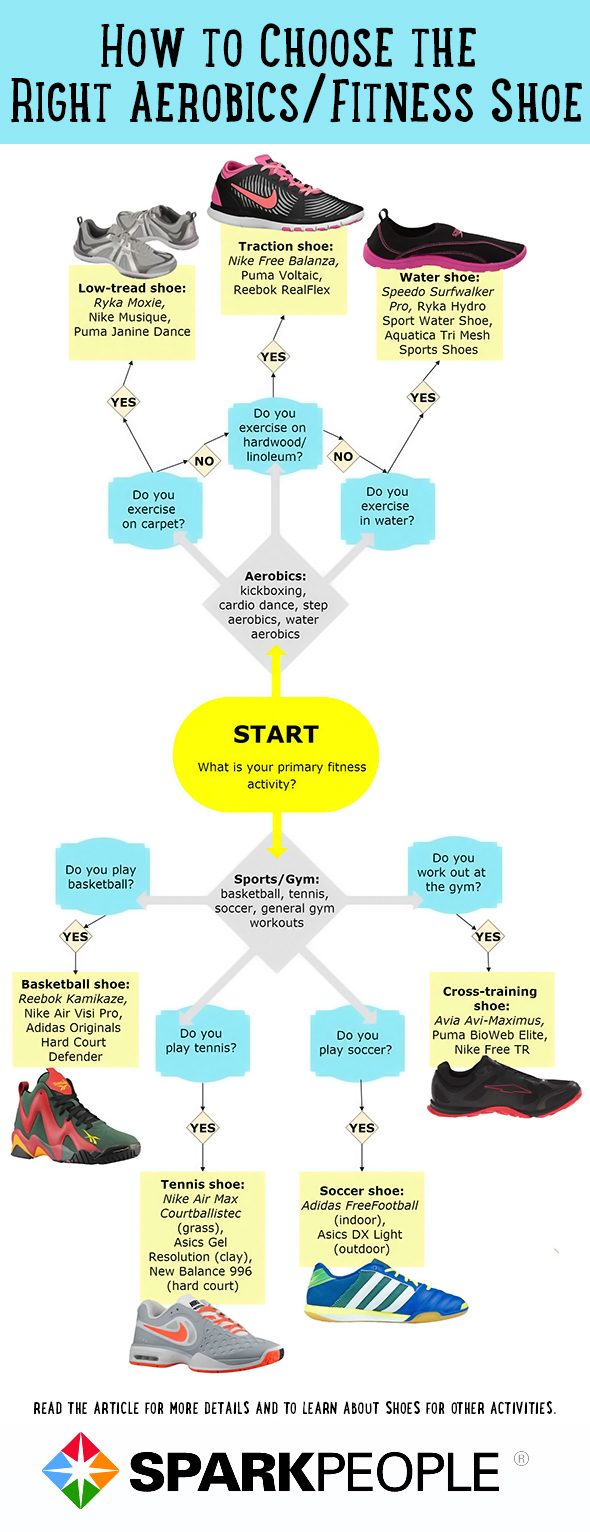 Results:
Cycling Cycling shoes have a stiffer sole that gives extra support and efficient energy transfer as you pedal away. They also protect your feet while riding and can help prevent foot cramping and fatigue more effectively than a traditional shoe. The type of bike pedal you have at home or use in the studio will also determine the kind of shoe needed. For example, platform pedals don't require a special type of footwear, but clipless pedals require special shoes that have a cleat fitted into the sole.  Results:
Weightlifting Weightlifting can encompass a wide variety of workouts, from a strength training video at home to a CrossFit class that incorporates Olympic powerlifting and plyometrics. The type of workouts you do will determine which kind of shoe is best. 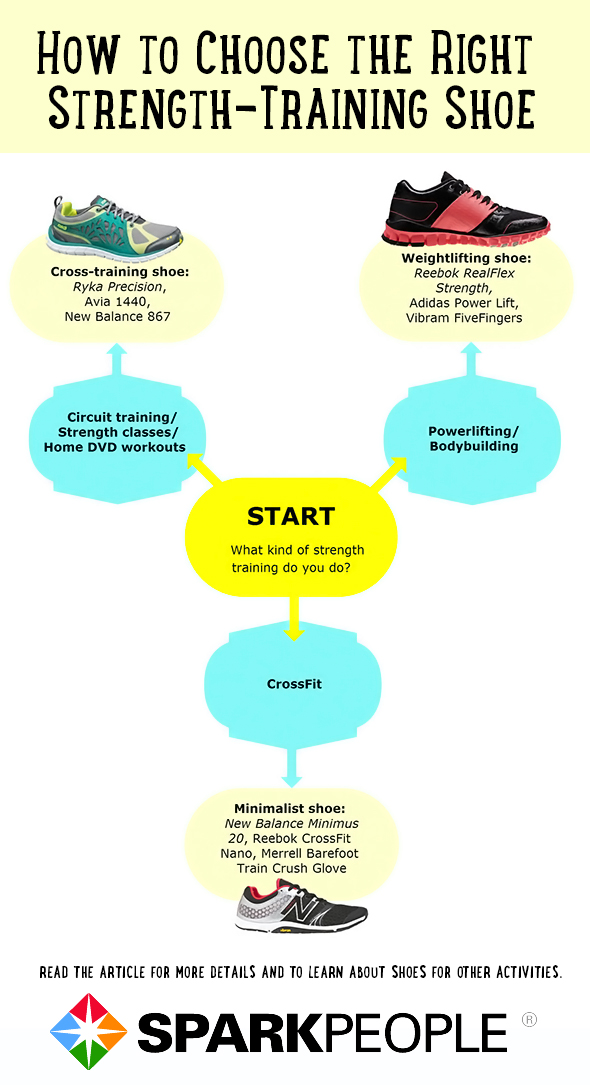 Results:
SparkPeople Picks:The staff at SparkPeople are no strangers to pounding the pavement. Which is why, when asked to name their favorite shoe, it came as no surprise that walking and running styles topped the list.Favorite overall running/walking shoe: ASICS Gel-Nimbus Runners Up: Saucony Ride, ASICS Gel-Excite 2, Nike SB Check Solarsoft Skate Shoe In general, if you are participating in an activity more than a few times each week, it’s a good idea to buy a shoe designed specifically for it. It can be tempting to buy the first pair of shoes you find on sale, but many times, you get what you pay for. Poor-quality shoes can lead to poor-quality results (and injury), so do your homework before deciding which shoe is right for you. Your body will thank you for it.
|
Related EntriesMore From SparkPeople
|










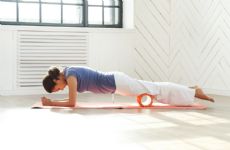






.jpg)
